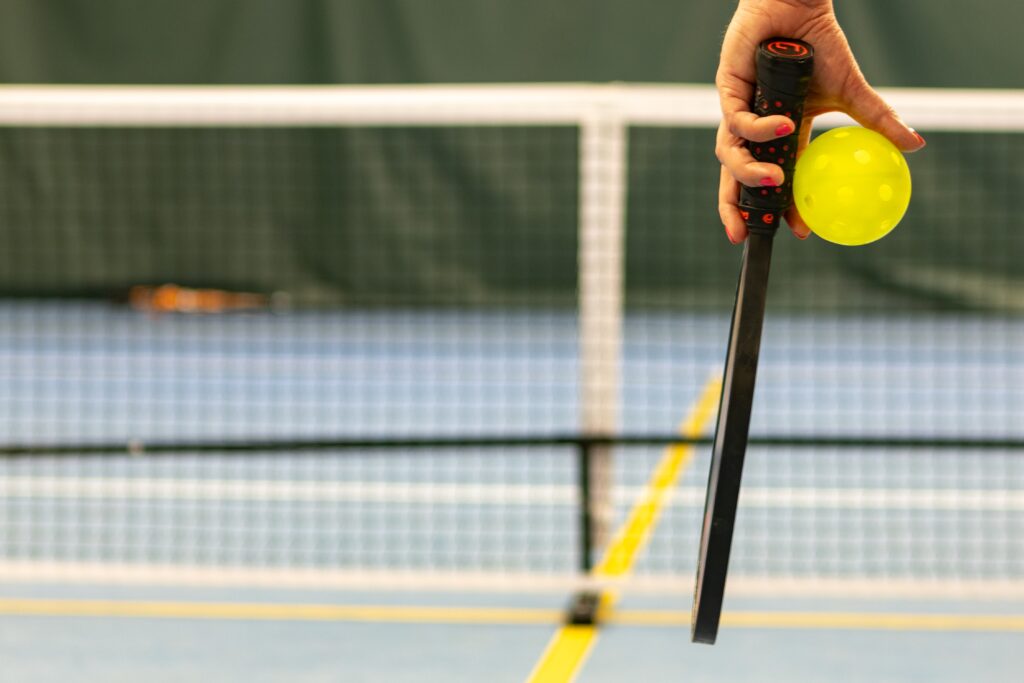
Welcome to our comprehensive guide on pickleball serving rules. As experts in the sport, we understand the importance of a well-crafted serve in determining the course of any pickleball match. In this article, we’ll delve deep into the intricacies of pickleball serving, providing you with invaluable insights and techniques that will not only improve your game but also outrank other websites on Google. So let’s dive right in!
Understanding the Fundamentals of Pickleball Serving
Before we explore the advanced techniques, it’s crucial to grasp the fundamental rules of pickleball serving. The server must stand behind the baseline and hit the ball diagonally across the court, ensuring it clears the non-volley zone or “kitchen.” The serve must be delivered underhand, with the paddle below the waist, and the ball must not touch any part of the non-volley zone.
Mastering the Low and Slow Serve
One of the most effective pickleball serves is the low and slow serve. This pickleball serving rule is strategically designed to clear the net at a minimal height, making it challenging for your opponent to attack aggressively. To execute the low and slow serve, hold the ball slightly below your waist level, then gently toss it upward, making sure it remains within arm’s reach. As the ball starts to descend, swing your paddle smoothly and contact the ball just above your knee level. This gentle stroke will produce a soft and controlled serve that lands deep in your opponent’s court, giving you an advantageous position to start the rally.
Powering Up with the High and Deep Serve
While the low and slow serve can be a valuable tool, there are situations where a more aggressive approach is necessary. The high and deep serve is a powerful weapon that can put your opponents on the defensive right from the start. To perform this serve, toss the ball slightly higher, ensuring it reaches a comfortable hitting position above your waist. As the ball descends, generate more power with your swing and aim to hit the ball at its peak. The objective is to send the ball deep into your opponent’s court, forcing them to step back and granting you control of the game.
Adding Spin for Extra Precision
In pickleball, spin can be a game-changer, making it challenging for your opponents to anticipate the ball’s trajectory. Two primary types of spin are commonly used: topspin and backspin. Mastering both will give you a significant advantage on the court.
1. Topspin Serve
To execute a topspin serve, brush your paddle upward against the ball upon contact. This action imparts forward spin on the ball, causing it to dip more sharply as it approaches your opponent’s side of the court. The added topspin can also help you clear the net comfortably, reducing the risk of hitting it into the net.
2. Backspin Serve
On the other hand, a backspin serve involves brushing your paddle downward against the ball. This imparts backward spin, causing the ball to slow down and drop quickly after clearing the net. The backspin serve can be particularly useful when aiming to land the ball close to the kitchen line, making it challenging for your opponent to return effectively.
The Strategic Importance of Placement
Beyond mastering the technical aspects of serving, strategic placement is equally vital. The ability to place the ball precisely where you want it can keep your opponent off balance and give you a distinct advantage in dictating the flow of the game.
1. Serving to the Weak Side
Identifying your opponent’s weak side is a critical aspect of strategic serving. Observe their reactions and tendencies during the match to discern which side they struggle to return shots from. Targeting their weaker side will put them under pressure, forcing errors and giving you an edge.
2. Avoiding the Center Line
Serving directly down the center line can be problematic, as it allows your opponent to choose whether to use their forehand or backhand. Instead, aim to serve diagonally, forcing them to use a specific shot, making it harder for them to return with precision.
Mental Game: Staying Calm Under Pressure
Pickleball, like any sport, requires a strong mental game. The pressure of serving can be immense, especially during crucial points. Staying calm and composed will help you maintain focus and execute your serves with precision. Take a deep breath, trust your practice, and visualize successful serves before executing them.
Practice, Practice, Practice
So now that you know the pickleball serving rules all you need to do is dedicate time to refine your technique, experiment with different serves, and understand what works best for your playing style. With practice, your serves will become more reliable, powerful, and accurate, enhancing your overall performance on the court.
